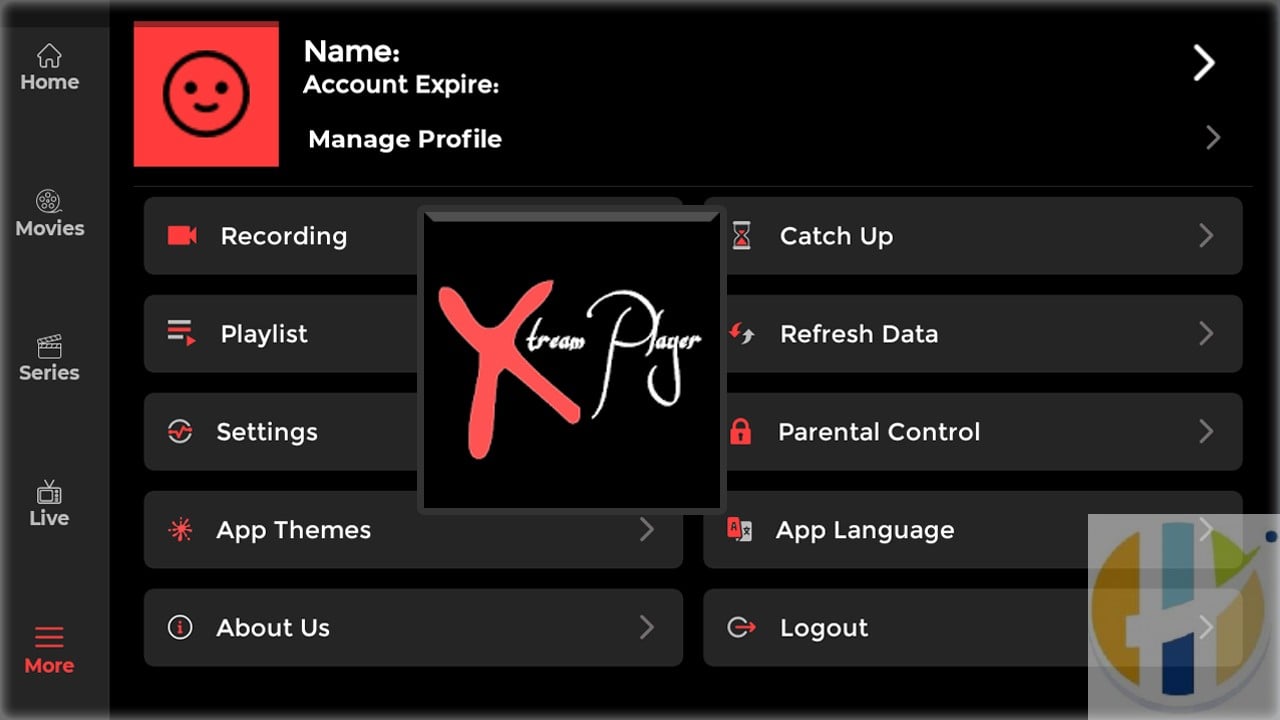

- #SMART PLAYER TO PLAY NETWORK DEVICES MOVIE#
- #SMART PLAYER TO PLAY NETWORK DEVICES FULL#
- #SMART PLAYER TO PLAY NETWORK DEVICES SOFTWARE#
- #SMART PLAYER TO PLAY NETWORK DEVICES TV#
If each of your family members wants to save their media libraries in a centralized location, get a NAS drive, which can store from 1 to 12 terabytes (TB) of files.

For example, the Netgear 4500 router is DLNA certified, which means it can stream media files from a connected USB hard drive to media players on your home network.

An external hard drive can also be connected to a home router that has the capability of sharing a connected drive.
#SMART PLAYER TO PLAY NETWORK DEVICES SOFTWARE#
The external drive can be discovered on the network when connected to a computer running media-server software or by creating a shared file folder that points to the media folder on your hard drive. Saving in designated folders makes it faster for the media player to scan and list the files, because it doesn't have to go through every file on your computer, NAS, or hard drive.Īt some point, your media libraries may start filling up your computer's hard drive, in which case, move your movies, photos and music to an external hard drive. Media players will often scan select folders from various sources. For easier access, save movies, music, and photos to specific folders. Media files stored on a computer, external hard drive, network attached storage (NAS) drive, or media server: Movies and music saved in iTunes and photos in Lightroom, Aperture, iPhoto, or other programs can only be played by compatible media players. So how do you stream media content from your computers, hard drives, and media servers to your displays and audio systems over your local area network (LAN)? Here's what you need:ġ. Plus, you can potentially download and save files with higher image and sound quality than can be reliably streamed online.
#SMART PLAYER TO PLAY NETWORK DEVICES FULL#
If your online bandwidth drops for some reason, the file will still play at full speed from a local computer or hard disk. If the movies are saved to your computer, you will always have access to them.Īnother argument in favor of saving your media files locally is that they are not subject to the vagaries of Internet streaming. That is, if you buy movies from a service that stores the movies in your online account ("in the cloud"), and the service shuts down, you would lose the movies you purchased.
#SMART PLAYER TO PLAY NETWORK DEVICES MOVIE#
Some users advocate saving your own copy of a movie or music file because an online service could potentially fold.
#SMART PLAYER TO PLAY NETWORK DEVICES TV#
Your media libraries may be filled with movies, TV shows, music that you ripped from CDs, and/or digital photos you've taken yourself. Still, you may have downloaded movies and music and stored them on your computer as well. You can turn Restricted mode on or off.Streaming media from online sources provides a huge variety of movies, TV shows, and music that can be rented or watched for free. When Restricted Mode is turned on, comments may not be viewable. Restricted Mode is an optional setting that screens out potentially mature content you or others using your devices may prefer not to view.

Learn more about watching age-restricted videos.


 0 kommentar(er)
0 kommentar(er)
